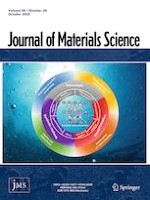13.07.2020 | Polymers & biopolymers
Toward the understanding of temperature effect on bonding strength, dimensions and geometry of 3D-printed parts
Erschienen in: Journal of Materials Science | Ausgabe 29/2020
EinloggenAktivieren Sie unsere intelligente Suche, um passende Fachinhalte oder Patente zu finden.
Wählen Sie Textabschnitte aus um mit Künstlicher Intelligenz passenden Patente zu finden. powered by
Markieren Sie Textabschnitte, um KI-gestützt weitere passende Inhalte zu finden. powered by
